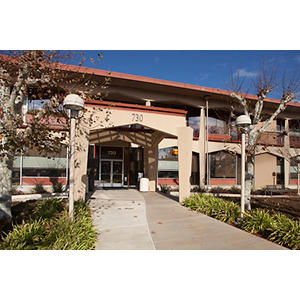
Grace Kim, MD
Assistant Professor
Pediatric Otolaryngology
- “I love being part of a community that helps keep children healthy and happy.”
My Approach
Working with children and their families is an honor and a privilege. Children are truly magical in how they soak in the world. I love being part of a community that helps to keep them healthy and happy. As a parent, I know how important it is to build a relationship on trust with your doctors. Its very important for me to learn about each patient and their family so that we can take the best care of your child together. I love that at Stanford Children's we are always discovering innovative and personalized care centered around your child to ensure that they can continue to grow and explore the world.
As a pediatric otolaryngologist, I specialize in diseases of the head and neck in children, including ear infections, hearing loss, sinus issues, sleep apnea, airway concerns, and voice/swallow problems. My goal is to educate and empower children and their families so that together we can make the best decision for your child.
Locations

730 Welch Road, 1st Fl
Palo Alto, CA 94304
Phone : (650) 724-4800
Fax : (650) 497-8339
Conditions
Branchial Cleft Cyst
Cholesteatoma
Craniofacial Disorders
Ear Infections
Ear Malformations
Head and Neck Tumors and Masses
Hearing Loss (Sensorineural and or Conductive)
Hemangiomas
Lymphatic Malformations
Nasal and Sinus Disorders
Obstructive Sleep Apnea
Stridor and Noisy Breathing
Subglottic and Tracheal Stenosis
Thyroglossal Duct Cyst
Thyroid Nodules and Thyroid Cancer
Tonsil and Adenoid Enlargement
Tracheostomy Care and Management
Tympanic Membrane Perforation (Hole in the Eardrum)
Work and Education
Stanford University School of Medicine, Palo Alto, CA, 06/01/2015
Stanford University Otolaryngology Residency, Stanford, CA, 06/30/2022
Stanford University Pediatric Otolaryngology Fellowship, Stanford, CA, 06/30/2023
Stanford University Otolaryngology Residency, Stanford, CA, 06/30/2016
Languages
English
Korean
Connect with us:
Download our App: